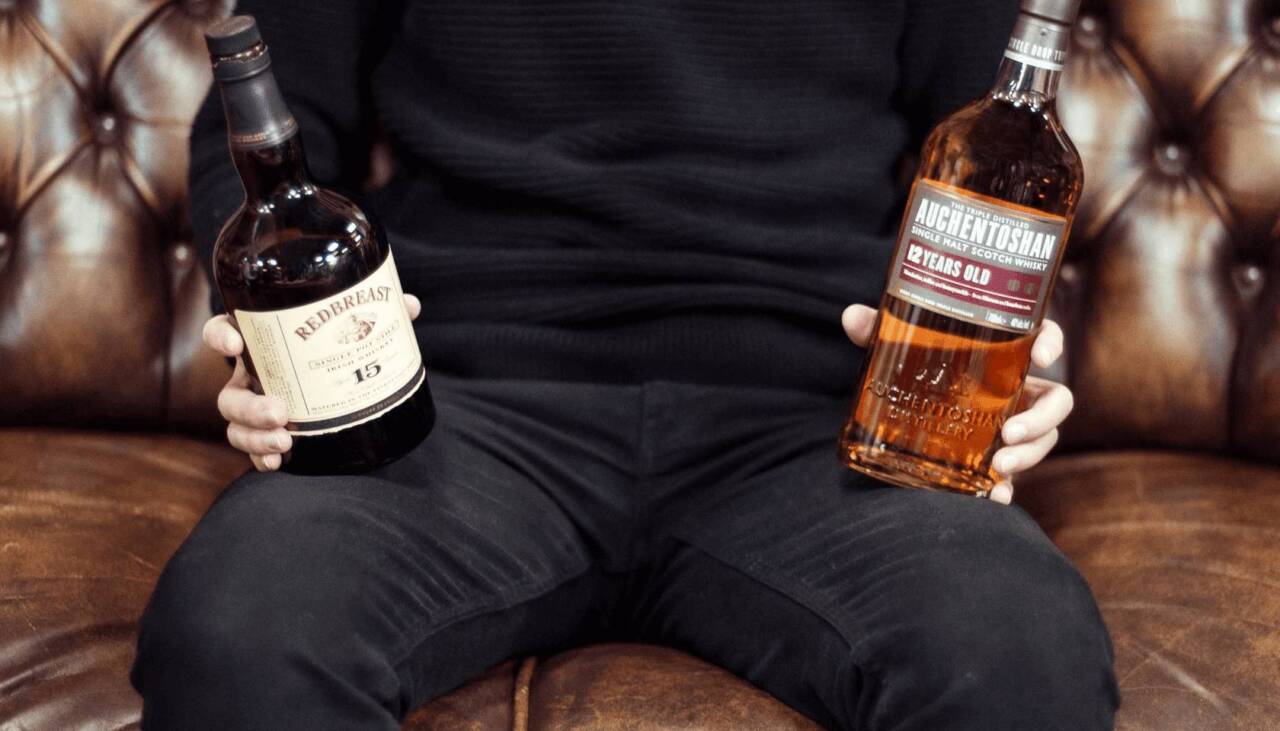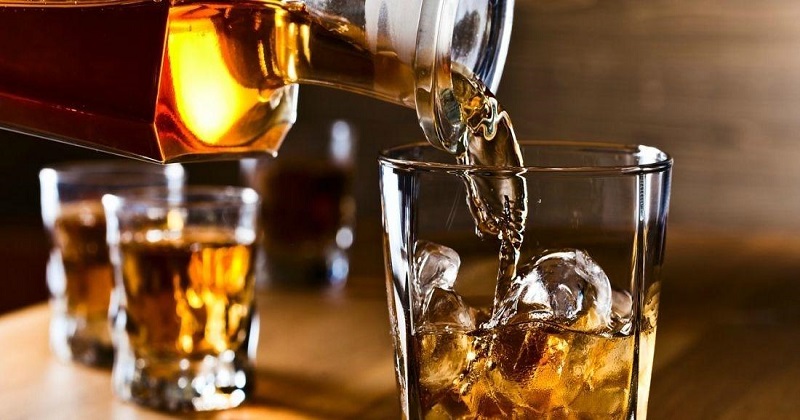
Every cocktail enthusiast or barfly knows whiskey. Despite being one of the most popular distilled spirits in the world, there are quite a few misconceptions surrounding this popular amber drink . Among the most confounding aspects is the difference between its various regional styles. Many countries have strict laws that regulate whiskey production. There are even differences in pronunciation: ‘whiskey’ or ‘whisky’.
How and when should you use the different spellings for the same spirit? Samuel Houston, expert bartender and manager of the legendary Los Angeles speakeasy The Varnish, explains.
Which spelling is correct?
Both spellings of the word are correct, but each refers to whiskies from different regions. Houston says it all depends on where it’s made. It is spelled ‘whisky’ in Scotland and the rest of the world. In the United States and Ireland, it is spelled ‘whiskey’. Whiskey production began in Ireland in the early 15th century, followed by Scotland. There was initially a difference in spelling due to regional differences in Gaelic dialects.
As both spellings became entrenched, each region developed its own unique style. Irish, Scotch, United States, Canada, and Japan are the major whiskey-producing nations. Houston says all of America’s whiskey traditions come from Ireland and Scotland. Early American immigrants brought their distilling expertise with them and began distilling whiskey almost immediately.

Initially, both spellings were interchangeable in the US because of both whiskey-producing traditions. In the 1800s, Irish immigrants flooded the United States, and ‘whiskey’ became the most popular spelling in the country. Canadians used the Scottish spelling because of their close ties to Great Britain at the time. Japan is also influenced by Scotland. Masataka Taketsuru back in Japan after completing an apprenticeship in Scotland and co-founding the Yamazaki Distillery. Upon returning, the Yamazaki Distillery produced its first Scotch-inspired whisky in 1929.
Quick tip: You can remember the spelling by looking at the name of each country of origin. Both the United States and Ireland spell whiskey with an ‘E’. In Scotland, Japan, and Canada, whiskey is spelled without an ‘E’.
Is whisky different from whiskey?
Due to the differences in spelling among countries of origin, the taste of the spirits differs. Every region also has its own unique flavors of the drink.
Amrut Spectrum single malt whisky: The last two decades have seen India’s homegrown brands make their mark. Indian single malt whiskies are known for their fruity, malty character. As with all single malt whisky, Indian single malt must be matured for a minimum of three years and a day in oak casks, and it is the product of a single distillery, distilled from nothing other than water, yeast and malted barley.
Whisky
Scotch whisky: Among all varieties of whisky, Scotch has the most variation. Barley is the primary ingredient in Scotch whisky. As a result of their long aging period, whisky from Scotland has a deeper, richer flavor. Scotch is produced in five major regions: Campbeltown, the Highlands, the Lowlands, Speyside, and Islay. Each region has its own style. Scotches from Islay are notable for their peat flavor.
Japanese whisky: Despite Japan’s relative lack of whisky production experience compared to other regions, their whiskies are among the world’s most sought-after. There are many similarities between Japanese whiskies and single malt Scotch whiskies, as they are heavily influenced by Scotch distillers.
Canadian whisky: Canada’s whisky is one of the most widely available and popular whiskies in the world. As with American whiskeys, they often use a lot of corn in the mash, leading to a sweeter flavor profile similar to bourbon. In Canada, many people call whisky ‘rye whisky,’ even if it’s distilled mostly from corn.

Whiskey
Irish whiskey: Ireland is widely considered to be the ancestral home of whiskey, and Irish distilleries produce some of the best whiskeys in the world.
American whiskey: In the United States, there are two types of whiskey: bourbon and rye. The process of producing each is governed by strict rules, which results in a distinct difference in flavor. In order to make bourbon, at least 51% of the grain must be corn, with the rest being wheat, rye, and barley. Bourbon must also be aged in brand new, charred oak barrels. The high corn content in bourbon makes it a sweeter whiskey with hints of vanilla and butterscotch.
Rye is similar to bourbon, but 51% of the grain in the mash must be rye. Its higher rye content contributes to its spicier flavor profile. During the golden age of cocktail culture, rye whiskey was the most popular type of whiskey, and it is still popular for mixing today because of its bold flavor and ability to maintain its shape in drinks like the Sazerac and the Manhattan.
Fun fact: Every rule has an exception. The Scottish spelling of ‘whisky’ is used on the label of one of the most widely recognized and iconic American bourbons, Makers Mark. To highlight the Scotch-Irish heritage of the Samuels family, they choose to do so.
An insider’s perspective:
In Ireland and the United States, whiskey is spelled with an ‘e’. Whisky made elsewhere is called ‘whisky’. Each country of origin takes pride in its unique history, traditions, and distilling practices. Since the spelling varies for each bottle, you can largely predict its taste from the spelling.

Post Your Comments